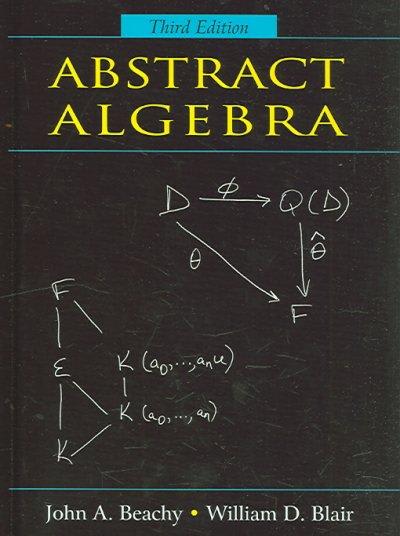Question
QUESTION 1 The Kyoto Protocol was signed in 1997, and required countries to start reducing their carbon emissions. The protocol became enforceable in February 2005.
QUESTION 1
The Kyoto Protocol was signed in 1997, and required countries to start reducing their carbon emissions. The protocol became enforceable in February 2005. In 2004, the mean CO2 emission was 4.87 metric tons per capita. Is there enough evidence to show that the mean CO2 emission is lower in 2010 than in 2004? State the type I and type II errors in this case, consequences of each error type for this situation from the perspective of the agency overseeing the protocol, and the appropriate alpha level to use. State why you picked this alpha level.
Consider H0: the mean CO2 emission in 2010 was 4.87 metric tons per capita versus H1: the mean CO2 emission in 2010 was less than 4.87 metric tons per capita.
1. State what a Type I Error would be in this context.
a. Concluding that the mean carbon dioxide emissions decreased from 4.87 when, in fact, they didn't.
b. Concluding that the mean carbon dioxide emissions decreased from 4.87 when, in fact, they did.
c. Concluding that the mean carbon dioxide emissions didn't decrease from 4.87 when, in fact, they didn't.
d. Concluding that the mean carbon dioxide emissions didn't decrease from 4.87 when, in fact, they did.
2. State what a Type II Error would be in this context.
a. Concluding that the mean carbon dioxide emissions decreased from 4.87 when, in fact, they didn't.
b. Concluding that the mean carbon dioxide emissions decreased from 4.87 when, in fact, they did.
c. Concluding that the mean carbon dioxide emissions didn't decrease from 4.87 when, in fact, they didn't.
d. Concluding that the mean carbon dioxide emissions didn't decrease from 4.87 when, in fact, they did.
QUESTION 2
The FDA regulates that fish that is consumed is allowed to contain 1.0 mg/kg of mercury. In Florida, bass fish were collected in 53 different lakes to measure the amount of mercury in the fish. Do the data provide enough evidence to show that the fish in Florida lakes has a different amount of mercury than the allowable amount? State the random variable, population parameter, and hypotheses.
1. State the random variable
A. the amount of mercury in a sampled fish
B. the mean amount of mercury in all fish
C. the 53 lakes
D. 1.0 mg/kg of mercury
2. State the population parameter.
A. the amount of mercury in 1 sampled fish
B. the average amount of mercury in all of the sampled bass fishes
C. the true mean amount of mercury in all Florida lake fish
D. 1.0 mg/kg of mercury
QUESTION 3
The Arizona Republic/Morrison/Cronkite News poll published on Monday, October 20, 2016, found 390 of the registered voters surveyed favor Proposition 205, which would legalize marijuana for adults. The statewide telephone poll surveyed 779 registered voters between Oct. 10 and Oct. 15. (Sanchez, 2016) Fifty-five percent of Colorado residents supported the legalization of marijuana. Does the data provide evidence that the percentage of Arizona residents who support legalization of marijuana is different from the proportion of Colorado residents who support it. State the random variable, population parameter, and hypotheses.
1. State the random variable.
A. the number of registered voters surveyed
B. the number of registered voters in favor of the proposition
C. the percentage of registered voters in favor of the proposition
D. Proposition 205
2. State the population parameter
A. the number of registered voters surveyed
B. the number of registered voters in favor of the proposition
C. the percentage of registered voters in favor of the proposition
D. Proposition 205
3. State the hypotheses.
A. Null hypothesis: =55%, the mean of people who support this proposition in Arizona is the same as in Colorado.
Alternative: 55%, the mean of people who support this proposition in Arizona is different than in Colorado.
B.Null hypothesis: =55%, the mean of people who support this proposition in Arizona is the same as in Colorado.
Alternative: <55%, the mean of people who support this proposition in Arizona is less than in Colorado.
C.Null hypothesis: p=55%, the percentage of people who support this proposition in Arizona is the same as in Colorado.
Alternative: p55%, the percentage of people who support this proposition in Arizona is different than in Colorado.
D. Null hypothesis: p=55%, the percentage of people who support this proposition in Arizona is the same as in Colorado.
Alternative: p<55%, the percentage of people who support this proposition in Arizona is less than in Colorado.
E. Null hypothesis: p55%, the percentage of people who support this proposition in Arizona is different than in Colorado.
Alternative: p=55%, the percentage of people who support this proposition in Arizona is the same as in Colorado.
Step by Step Solution
There are 3 Steps involved in it
Step: 1

Get Instant Access to Expert-Tailored Solutions
See step-by-step solutions with expert insights and AI powered tools for academic success
Step: 2

Step: 3

Ace Your Homework with AI
Get the answers you need in no time with our AI-driven, step-by-step assistance
Get Started


